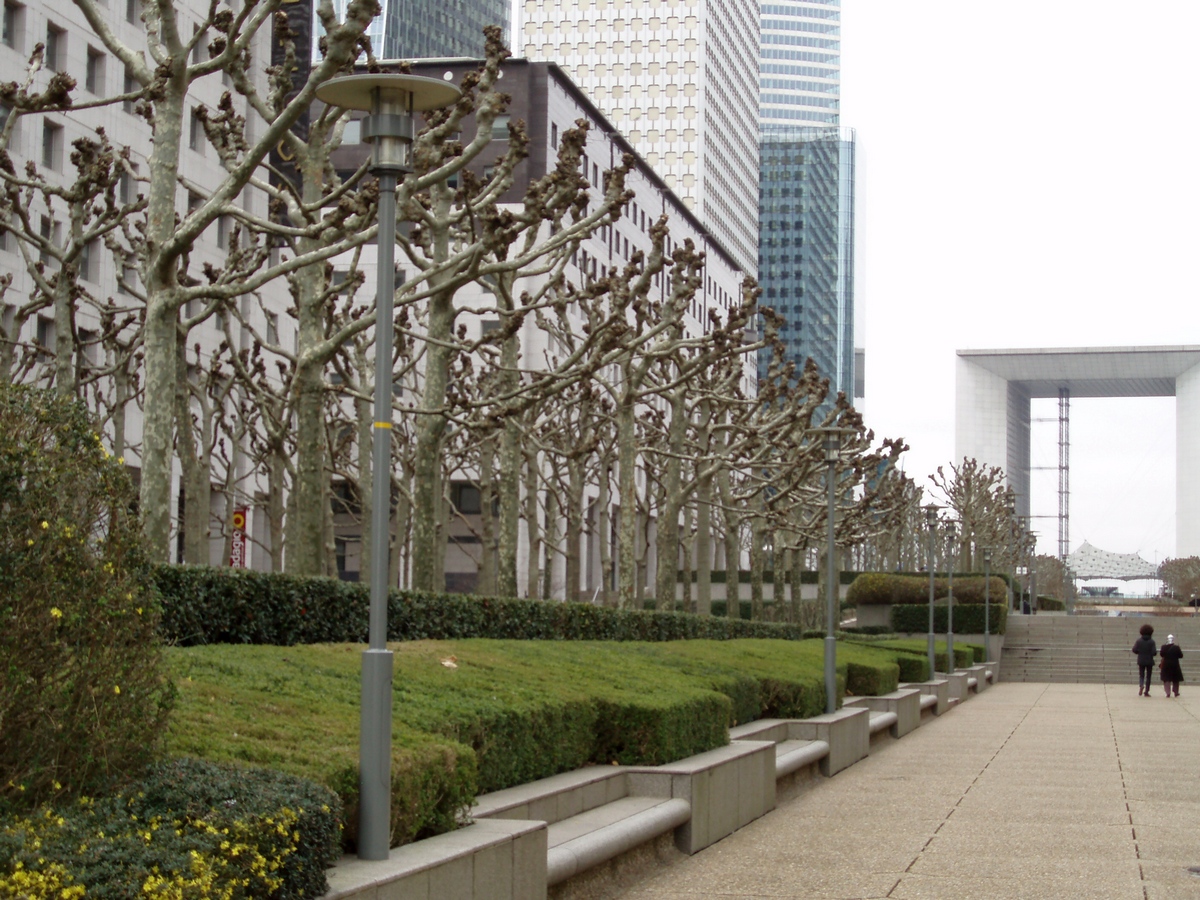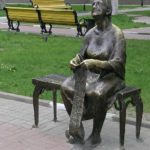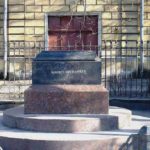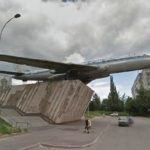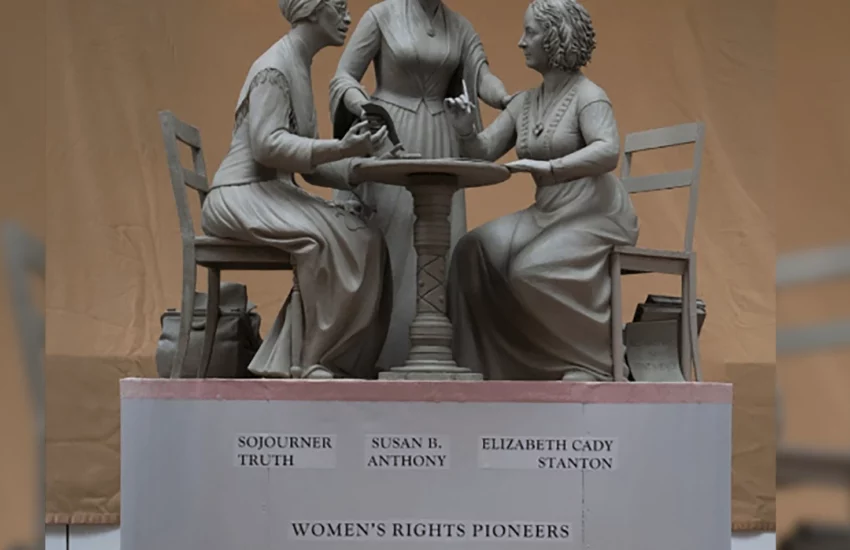Defense of Paris monument
The sculptural composition Defense of Paris was erected on the western outskirts of the French capital in memory of the dead military and civilian casualties during the siege of the city during the Franco-Prussian war of 1870-1871. In the XX century. the unique monument “gave” its name to the business heart of Paris – the Défense district.

From idea to realization
In 1879, one of the leaders of the III Republic, a prominent statesman and marshal of France, Count Patrice de McMahon, proposed to perpetuate the memory of the military and civilian victims of the Franco-Prussian war. In his opinion, this gesture was supposed to promote national unity and strengthen the moral foundations of society after the defeat in the recent war and the events of the Paris Commune.
The Prefecture of the Seine supported his initiative and announced the start of a creative competition for the best design of the monument. The composition of its participants turned out to be unusually numerous and eminent. Hundreds of sculptors presented their works to the artistic jury, including Auguste Bartholdi, Gustave Doré, Albert Carrière-Belleise, Alfred Boucher, Jean-Alexandre Falguière, Auguste Rodin and Louis-Ernest Barrias.

The work of the sculptor L. E. Barrias was declared the winner of the creative competition.
Preparatory work continued for several years and was completed by the end of the summer of 1883.
The place for the installation of the monument was chosen as a hill at the end of the Avenue de Neuilly with a view of the Arc de Triomphe and Place de l’Etoile. There, in 1871, units of the National Guard gathered before the last battle for Paris in the vicinity of Bouzinville.
Until 1870, there was a monument to Napoleon I Bonaparte on this site. His statue was dismantled by the inhabitants and flooded in the Seine so that the enemy could not desecrate it and use the bronze for their own purposes.
The grand opening of the monument “Paris Defense” took place on August 12, 1883 with a huge gathering of people. According to some reports, about 100 thousand residents of Paris and the suburbs attended the ceremony.
The signal for the beginning of the celebrations was the volleys of 21 artillery pieces and the performance of the Marseillaise by the orchestra of the National Guard. After solemn speeches inherent in the event, a military parade took place near the monument. The end of the opening ceremony was overshadowed by the demarche of the supporters of the Paris Commune, who demanded the establishment of a “social republic” under the red banner.
Artistic composition
The monument “Paris Defense” was installed on a high cylindrical pedestal of granite blocks. Forged fences with gates and four gas lamps at the corners were placed around the perimeter of a small area.
The sculptural composition of L. E. Barrias consists of three main bronze statues. The central place in it is occupied by the figure of a woman symbolizing Paris in the form of the National Guard. She leans with one hand on the barrel of a cannon, and the other holds the national flag.
To her left is a group of young soldiers, one of whom is reloading his Chassepot rifle. The gaze of his comrades is directed towards Bouzinville, where the decisive battle took place. On the other side of the monument is a sculpture of a little girl. Her sloppy appearance, sad face and poor clothes in allegorical form conveys the suffering of the civilian population during the war.
In the second half of the XX century. With the development of the capital and the formation of the business district of Defense, the monument “Paris Defense” changed its position several times. In 1965, the sculpture was removed from its plinth in connection with the construction of the RER station, Le parvis de la Défense and the Quatre Temps shopping centre.
In the early 1980s, the monument was located between Place Défense and the esplanade. This situation was not entirely successful, since the sculptural composition was almost invisible from the side of the main streets. In January 2017, the sculptural group “Paris Defense” was moved to the esplanade and took its place in the open area between the Défense arch and the Seine embankment.
